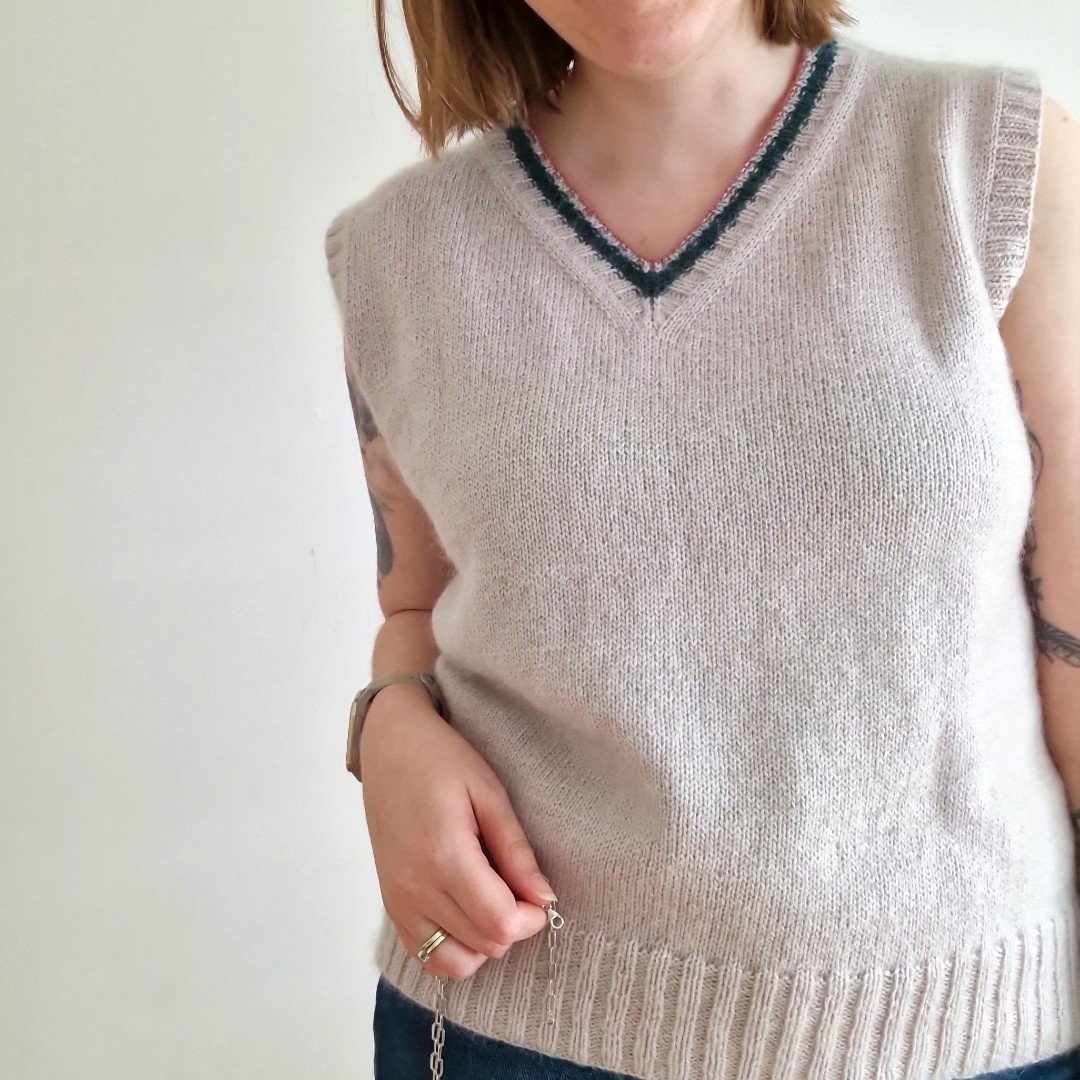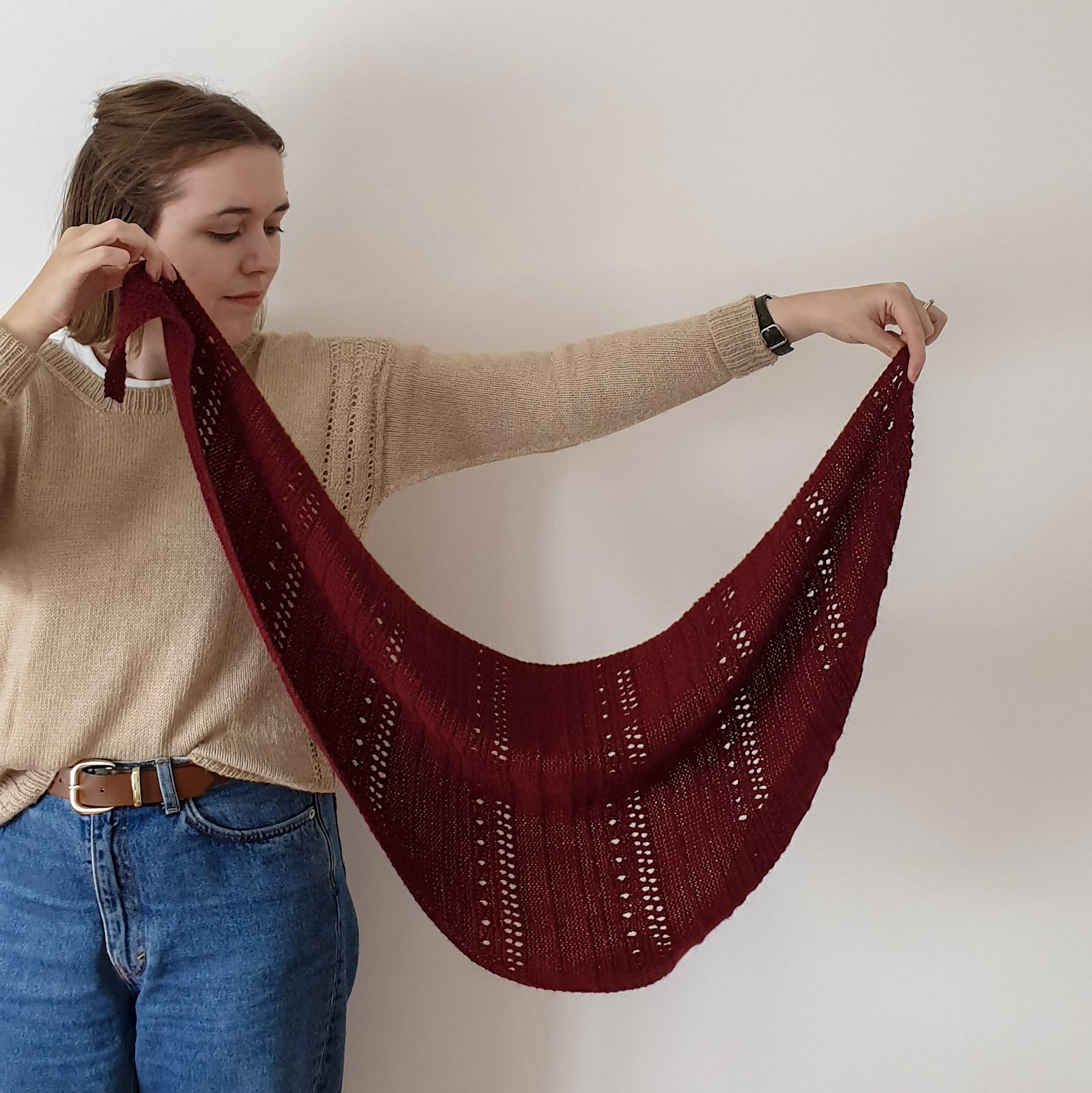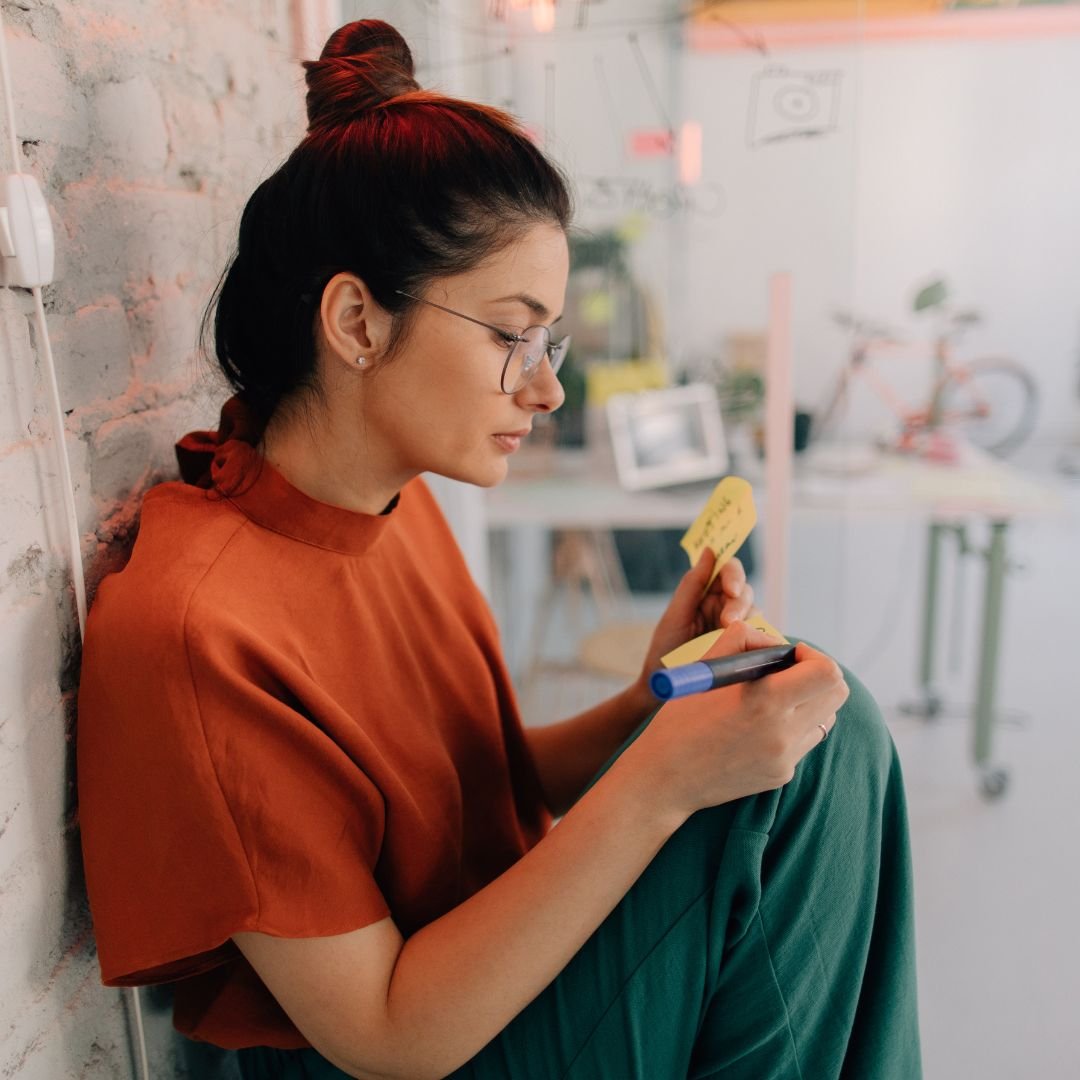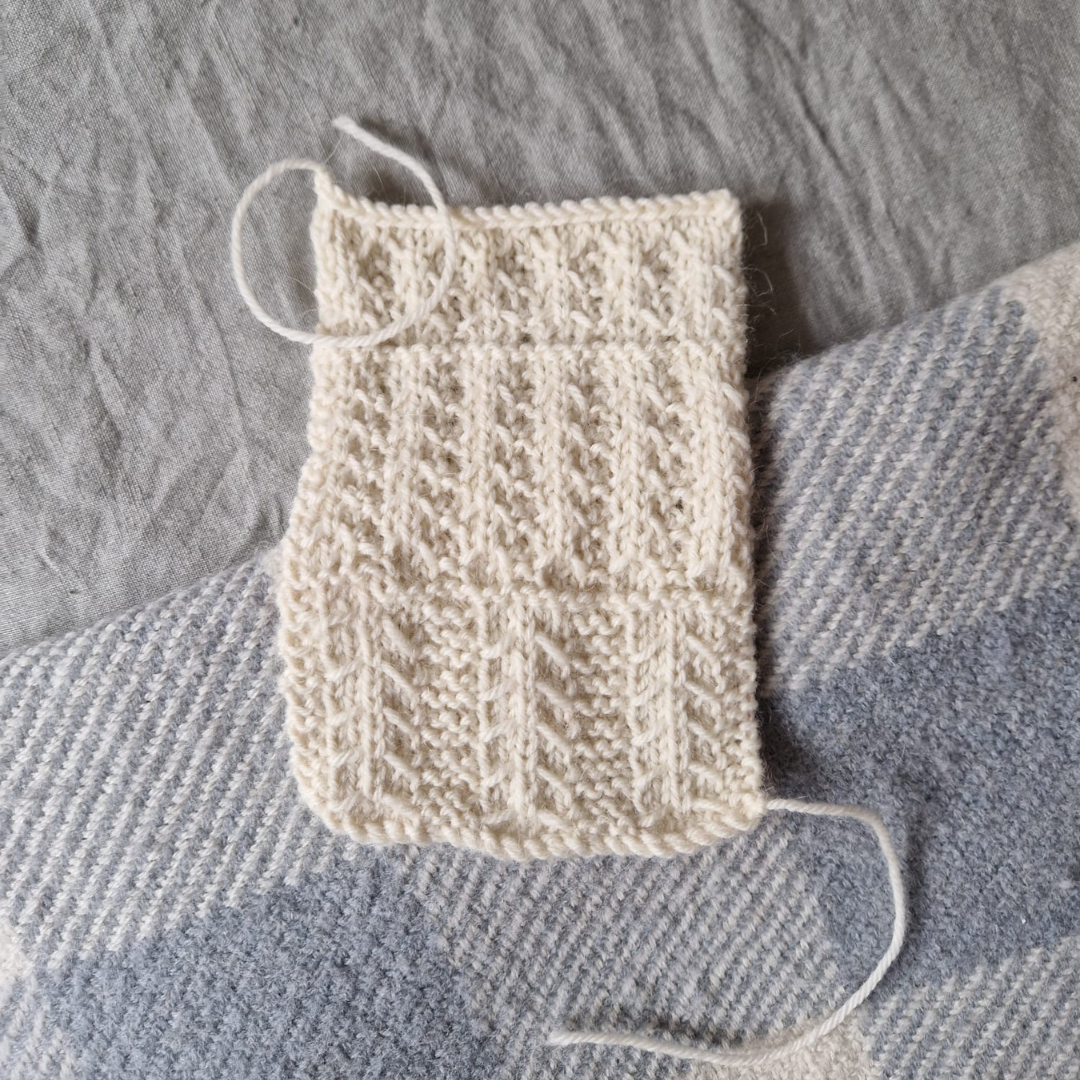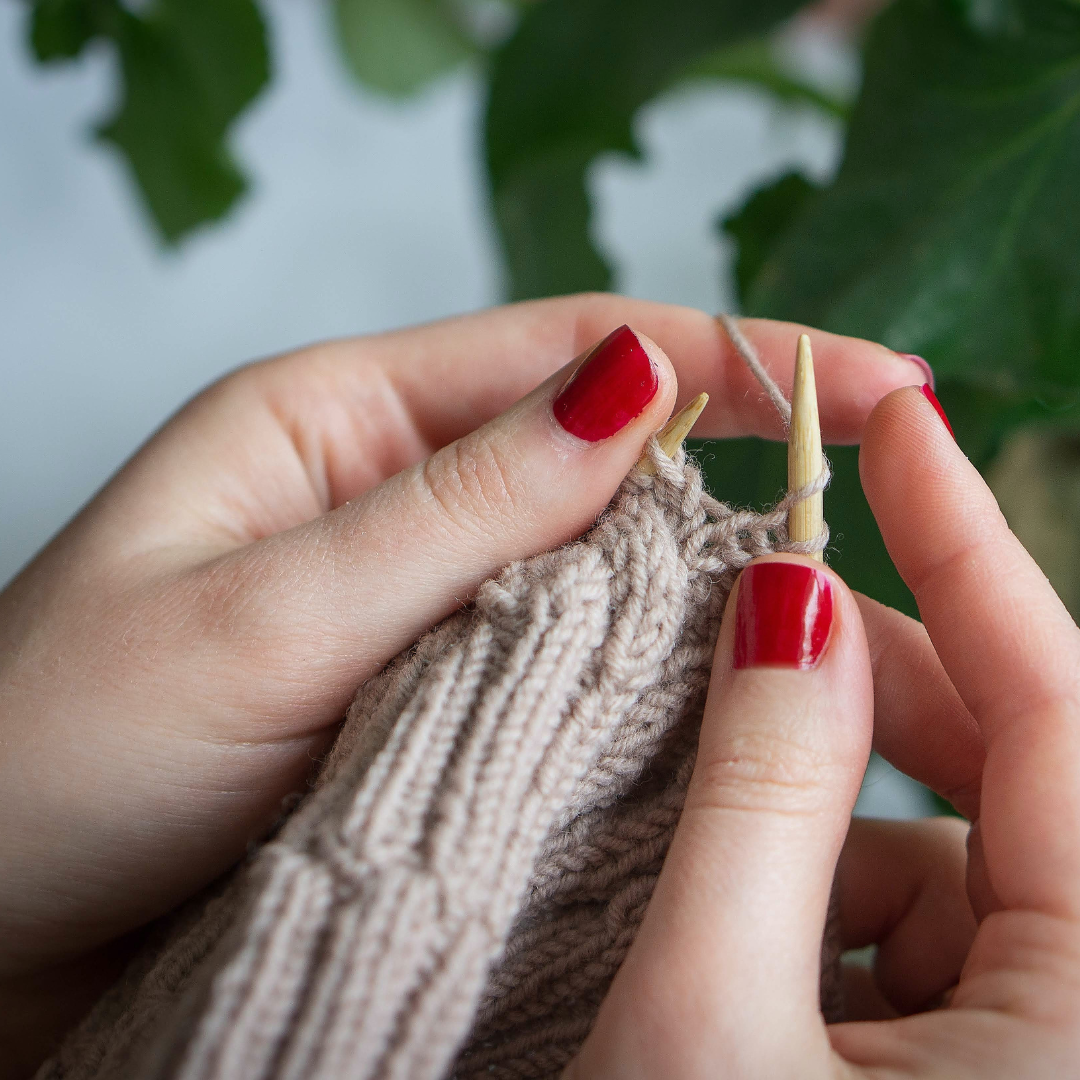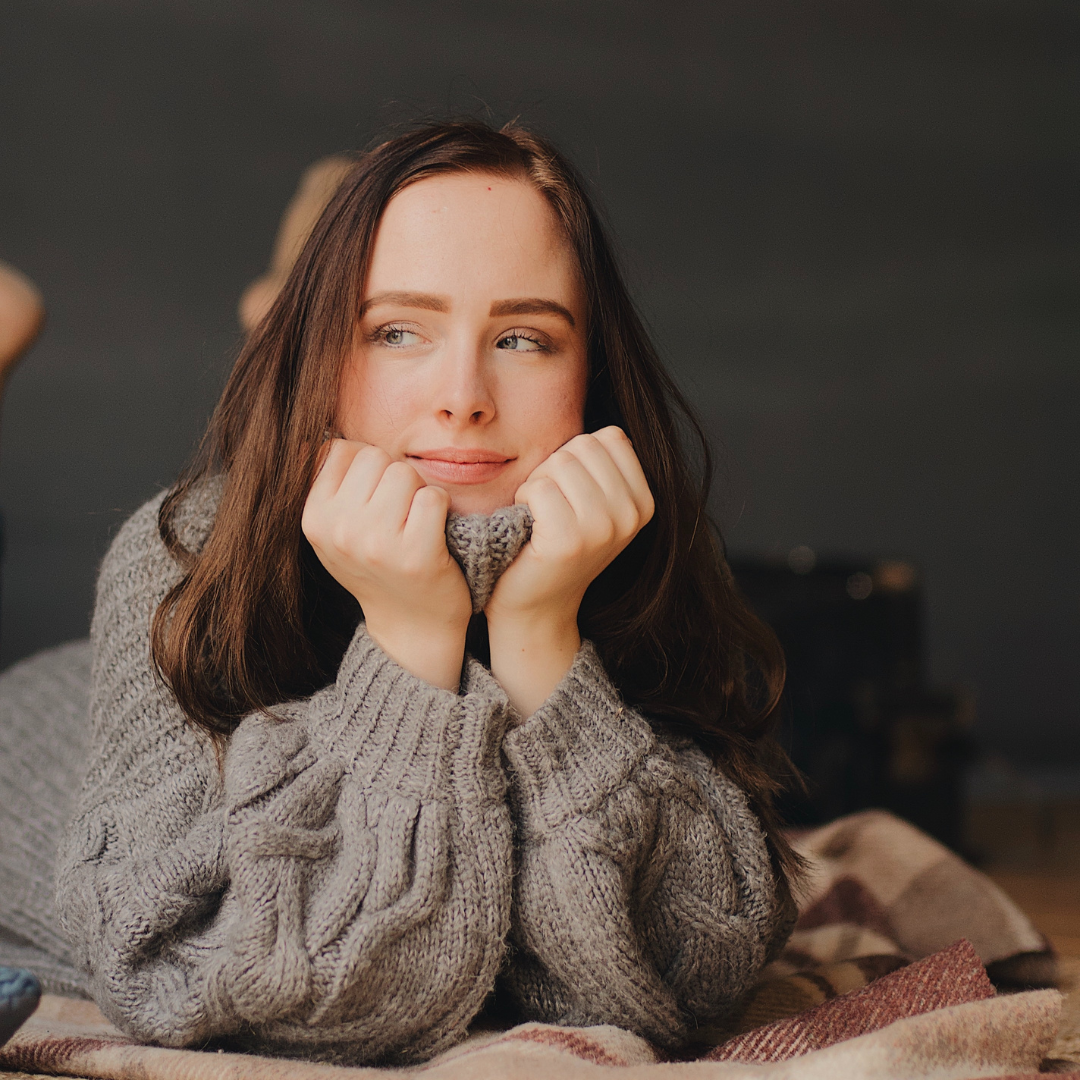Incorporating Visuals into Your Knitting Patterns: A Comprehensive Guide
Visuals are a cornerstone in knitting patterns, useful to both knitters and designers alike.
For those of us designing patterns, they're more than just tools; they're a bridge between our vision and the knitter's hands. At times, it can be challenging to articulate what you’re asking them to do, but visuals help to bring our patterns to life and make them accessible and understandable to knitters.
As a designer who leans towards visual learning, I understand the power of a well-crafted diagram. Seeing elements of a pattern laid out visually makes complex details a little easier for me to digest.
When I design, I often make charts and diagrams, not just as part of the pattern but as a way to visualise the numbers I’ve already generated in my pattern spreadsheet.
This approach isn't unique to me; many designers find that visual aids significantly enhance the way we understand and convey our ideas.
In this guide, we will explore the world of charts, schematics, diagrams, and pattern photos, and talk about how they improve the knitting experience for your customers and ensure that your designs work up just as you envisioned.
Image description: A woman is drawing on a tablet with a text overlay that says, Incorporating Visuals into Your Knitting Patterns: A Comprehensive Guide.
Charts
Learning how to make a great chart can really improve the clarity of your knitting patterns. Charts are useful for any stitch or motif, but they are especially helpful when working with complex or repetitive ones, offering visual guidance that complements the written instructions.
In colourwork patterns, for example, a well-designed chart gives knitters a comprehensive overview of the motif that written instructions alone might not convey as effectively. This visual representation helps knitters anticipate upcoming motifs and understand the overall look of the motif.
Creating Effective Charts
Creating a chart that is both clear and informative is essential for writing a great knitting pattern. Here are a couple of tips to get you started:
Comprehensive Key: Ensure every symbol on the chart is defined in the key, including definitions for both sides of the work if the pattern involves knitting flat.
Consistency and Clarity: Make sure you are consistent in your definition of symbols and maintain an uncluttered layout overall. This will help knitters follow your chart without confusion.
Keep it Simple: Unless you are using a very large motif, make your chart as small and simple as possible. You don’t need to include multiple repeats, so simplify where you can.
Colour Coding Colourwork: When colour coding colourwork charts, consider using varying shades of grey instead of your sample’s colours to differentiate between shades. This approach ensures that the chart remains legible even in black-and-white printouts.
I personally use Stitchmastery to create my charts, but for more information on the tools available for making charts, check out my blog post all about How to Make Knitting Charts.
Image description: A technical drawing is shown with text underneath saying Knitting pattern design. Incorporating Visuals into Your Knitting Patterns: A Comprehensive Guide
Schematics
Creating Clear Schematics
The effectiveness of a schematic hinges on its clarity and precision. Here are some guidelines for creating effective schematics:
Simplicity and Clarity: A schematic should be straightforward, focusing on the essential details. Use bold lines and minimal text for better readability.
Consistent Scale: Try to ensure that all elements in the schematic are to scale. A croquis or flat template can help with this.
Accurate Measurements: Provide the knitter with as many measurements as possible to help them choose the best size for them. These days, I label schematics with a letter that corresponds with a separate measurements table instead of putting them directly on the schematic.
Using the right tools can significantly enhance the quality of your schematics, especially if you’ve previously been hand-drawing them!
I personally use Inkscape, which is a free vector graphics program that's ideal for creating professional-looking schematics. It has features like layers, varying line weights, and the ability to scale drawings without losing clarity - all very useful features when drawing schematics. For more information about Inkscape, I’ve written a full review about it.
I have also written a whole blog post about How to Draw Beautiful Pattern Schematics, including how to use layers to organize different elements of your schematic, using a template for consistent proportions and varying line weights for visual depth and clarity.
Diagrams
Diagrams aren’t essential in the same way that charts and schematics are for most designs, but for patterns featuring unconventional constructions or targeting beginners, they can be an invaluable addition. They bridge the gap between written instructions and the visual understanding that many knitters find helpful.
While schematics primarily focus on conveying the shape and measurements of a garment, diagrams dive into the finer details. They are useful for illustrating the construction processes and stitch placements within a pattern. For beginners, in particular, these visual aids can be invaluable.
Designing Informative Diagrams
Creating diagrams that effectively explain your design intent requires careful communication and attention to detail:
Simplicity: Keep your diagrams uncluttered and straightforward. Avoid unnecessary elements that could confuse the knitter.
Labels and Annotations: Use clear labels and annotations to explain each element within the diagram. Ensure that the symbols and notations you use are consistent with the rest of the pattern.
Arrows and Flow: Incorporate arrows to guide the knitter through the sequence of stitches or construction steps.
Colour Coding: Consider using colour coding to differentiate between different elements or stitch types within the diagram.
Image description: Close up showing the hands of a woman holding a camera up to take a photo.
Pattern Photography
While pattern photos undeniably play a significant role in marketing and promoting your designs, they are equally vital in enhancing the functionality of your patterns.
Clear and detailed photos of every construction element, stitch, and motif serve as a knitter's trusted guide, ensuring that they can confidently work through the pattern, knowing that they are on the right path.
Capturing the Right Images
To harness the full potential of your pattern photography, it's important to capture images that provide both inspiration and instruction.
Focus on Details: Zoom in on the intricate details of your design. Highlight the unique stitches, detailing, and construction elements that set your design apart.
Yarn Selection: Choose a yarn for your sample that not only complements your design but also photographs well enough to showcase the details and construction.
Clear Lighting: Ensure that your photographs are well-lit to showcase the nuances of the design. Natural light or diffused artificial lighting can work wonders in bringing out the texture and details of your design.
Multiple Angles: Capture the design from different angles to provide a comprehensive view. This allows knitters to understand how different elements come together and how the project is constructed.
For more help with photographing your knitwear designs, I’ve written a whole blog post about it.
Conclusion: Using Visuals in Your Knitting Patterns
As a knitting pattern designer, you have the opportunity to tailor your patterns to cater to different skill levels and individual preferences within your community. The synergy between your visuals and written instructions is a powerful tool for ensuring clarity and understanding among knitters.
By combining both formats, you make your patterns easier to understand and provide makers with more thorough guidance. Adapting your approach to accommodate a variety of knitters can enhance the accessibility and overall appeal of your patterns.
Tell me: have you ever had a 'Eureka!' moment while knitting, thanks to a well-crafted visual in a pattern? I'd love to hear about your experiences in the comments section.




